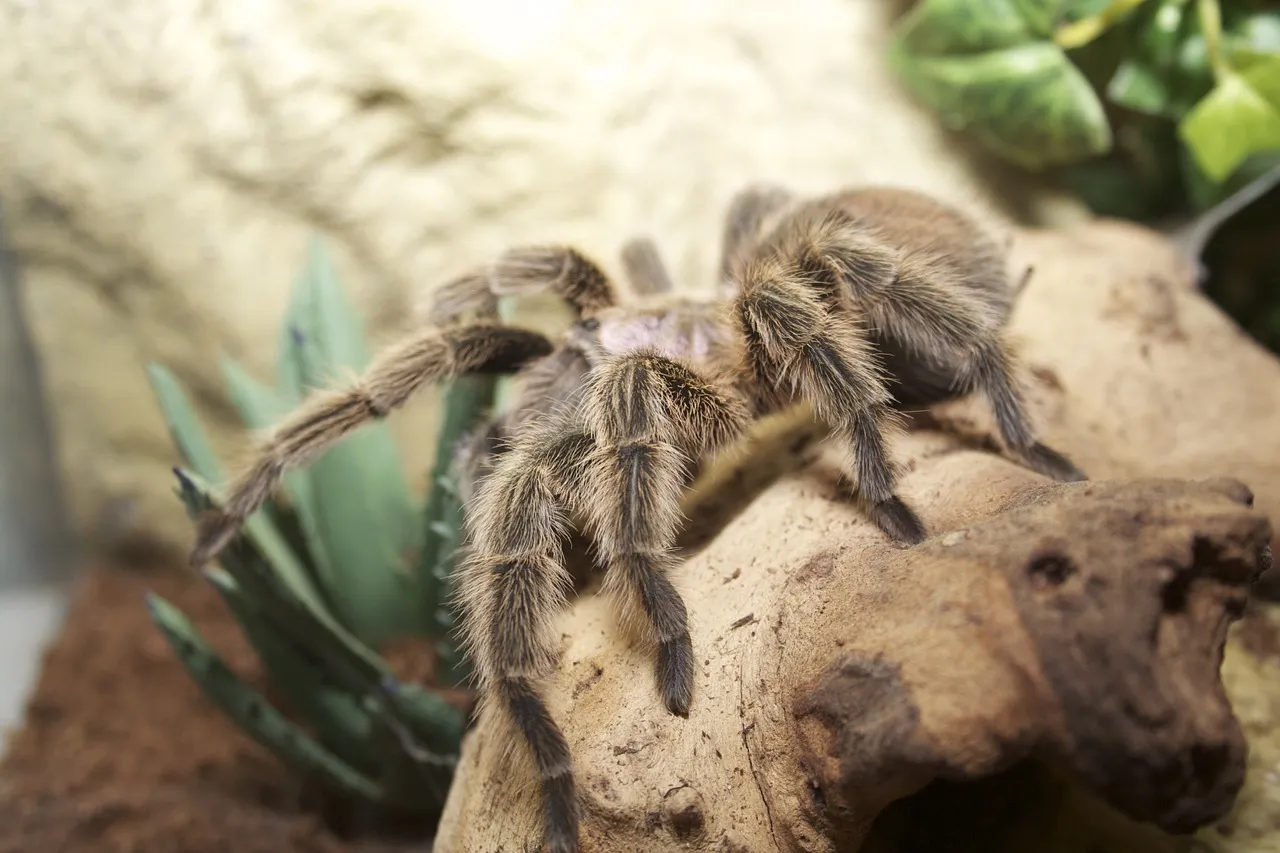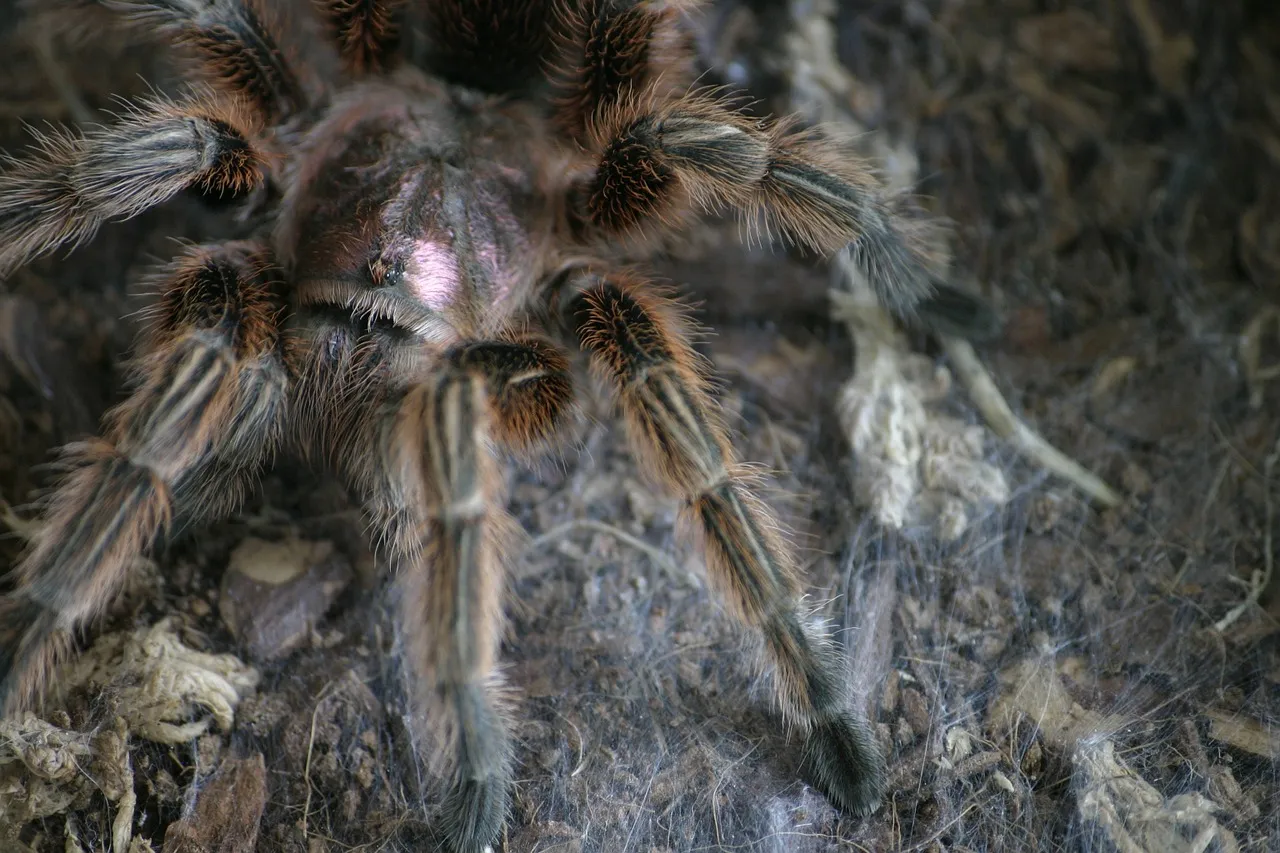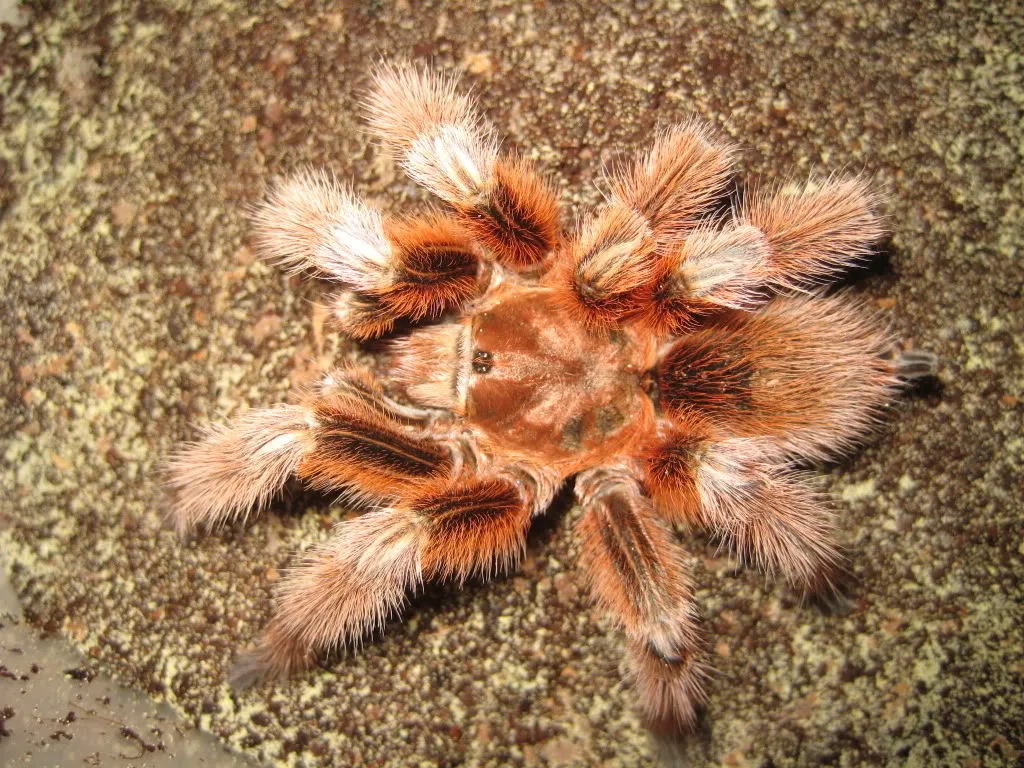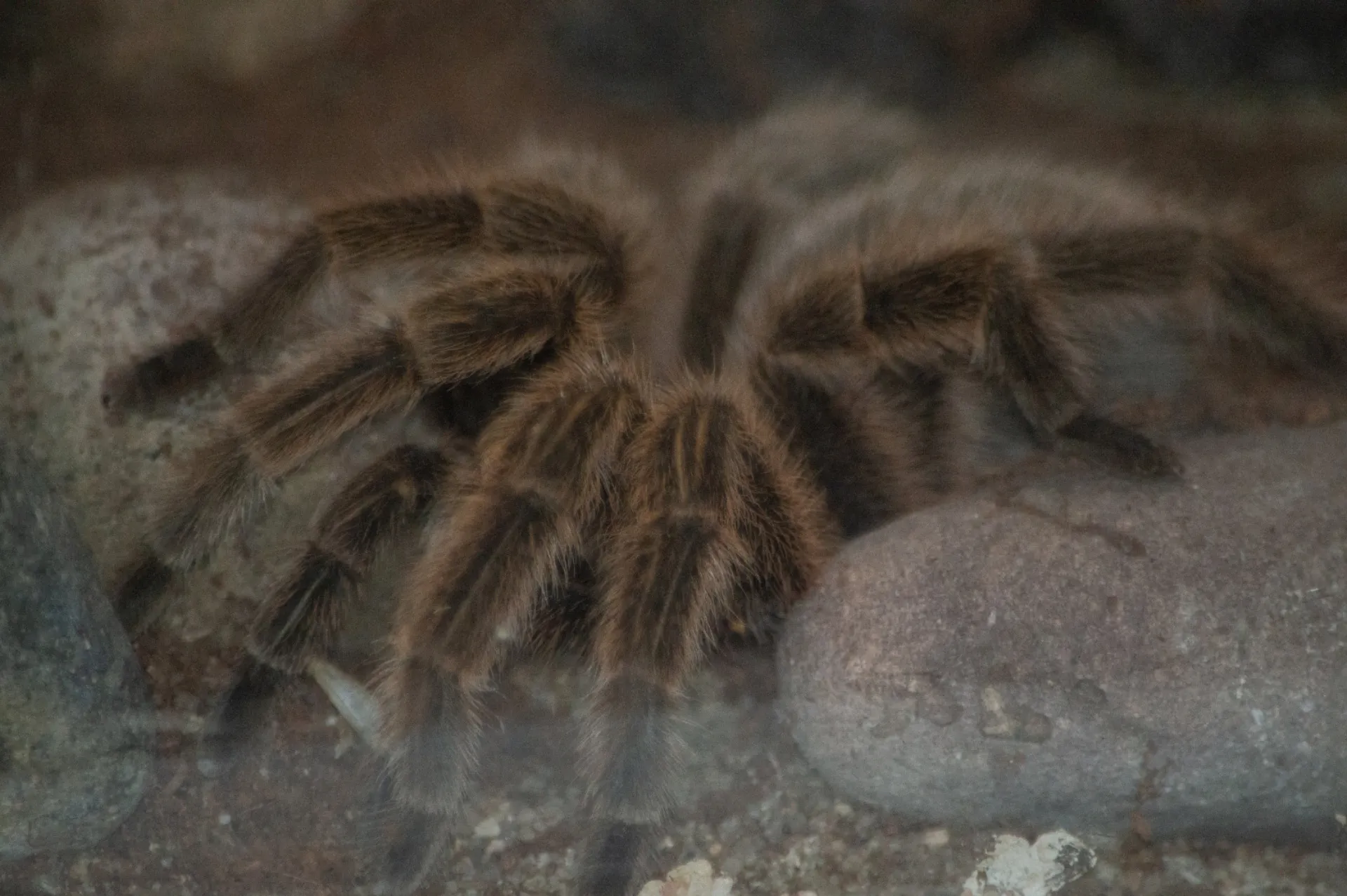Understanding the Chilean Rose Tarantula
The Chilean Rose Tarantula (Grammostola rosea), a beloved pet and fascinating creature, is a popular choice for beginner tarantula keepers due to its docile nature and relatively easy care requirements. Understanding its natural habitat is crucial to providing the best possible environment for a happy and healthy tarantula. This comprehensive guide delves into the secrets of their preferred habitats, offering valuable insights into where these amazing arachnids thrive. By learning about their natural environment, you can create a more enriching and comfortable life for your Chilean Rose Tarantula, whether you are a seasoned hobbyist or just starting out. Their habitat is the key to understanding their behaviour and how to properly care for them.
What is a Chilean Rose Tarantula
The Chilean Rose Tarantula, as the name suggests, is native to the semi-arid regions of Chile, Argentina, and Bolivia. These spiders are known for their relatively calm temperament, making them a favorite among tarantula enthusiasts. They are terrestrial spiders, meaning they primarily live on the ground rather than in trees or other elevated locations. Their lifespan can range from 10 to 20 years for females, while males typically have a shorter lifespan of about 5-7 years. They are nocturnal creatures, most active during the night, and prefer to hide during the day. Their diet consists primarily of insects, and they are ambush predators, waiting for their prey to come within striking distance.
Physical Characteristics and Appearance

These tarantulas are known for their distinctive coloration. Adults typically exhibit a range of colors, from a muted rose to tan and brown hues, with longer, reddish hairs. Their bodies are covered with urticating hairs, which they can flick off as a defense mechanism. These hairs can cause skin irritation. Females can grow up to 6 inches in leg span, while males are typically smaller. The overall appearance is robust and powerful, reflecting their terrestrial lifestyle. They have eight eyes arranged in two rows, which provide them with good vision to detect movement. They also possess strong chelicerae, or fangs, used for capturing and consuming prey. Their pedipalps, or sensory appendages, are located near the mouth and aid in manipulating food.
The Native Habitat of the Chilean Rose Tarantula
The natural habitat of the Chilean Rose Tarantula plays a crucial role in understanding their needs. These tarantulas are remarkably adaptable, allowing them to thrive in a variety of conditions, but certain environmental factors are essential for their well-being. Understanding these habitats is essential to create a proper enclosure at home. By mimicking the natural environment, you can help your pet tarantula to thrive. Their resilience is also what makes them great pets.
Geographic Location and Climate
Chilean Rose Tarantulas are primarily found in the arid and semi-arid regions of Chile, Argentina, and Bolivia. These areas are characterized by warm temperatures and low humidity. The climate is generally dry, with significant temperature variations between day and night. The landscape typically consists of scrubland, grasslands, and sparsely vegetated areas. The spiders have adapted to these conditions by burrowing underground, seeking refuge from the sun, and conserving moisture. The areas they inhabit are known for their resilience to drought, making them perfectly adapted to survive.
Specific Habitats They Prefer

These tarantulas prefer to inhabit burrows, either those they dig themselves or those created by other animals. They are frequently found under rocks, logs, and other objects that provide shelter from the sun and predators. These locations also help to maintain stable temperatures and humidity levels. They are often found in areas with sparse vegetation, where they can effectively ambush prey. The substrate they choose will be a mix of soil and sand, providing excellent drainage. This careful habitat selection is critical for their survival.
Top 5 Secrets about Chilean Rose Tarantula Habitats
Now, let’s explore the top 5 secrets to replicating the ideal Chilean Rose Tarantula habitat, helping you create an environment where your pet can thrive. Understanding these details will help you ensure your tarantula lives its best life.
Secret 1 Soil and Substrate Preference
Chilean Rose Tarantulas prefer a substrate that allows them to burrow and maintain a comfortable microclimate. A mixture of coconut fiber, peat moss, and a small amount of sand is ideal. This combination provides good drainage, retains some moisture, and allows them to create and maintain their burrows. The depth of the substrate should be sufficient for them to burrow, usually around 4-6 inches deep. Regularly misting the substrate will provide them with humidity, which is important to their health and molting process. The right substrate is the foundation of a healthy habitat.
Secret 2 Humidity and Temperature

Maintaining proper humidity and temperature is crucial. The ideal temperature range is between 70-85°F (21-29°C). Humidity levels should be kept relatively low, around 60-70%. This can be achieved by misting the enclosure lightly once or twice a week and ensuring good ventilation. Avoid excessive humidity, which can lead to mold growth. Use a thermometer and hygrometer to monitor the conditions inside the enclosure. Avoid placing the enclosure in direct sunlight or near heat sources, as this can quickly cause overheating. Remember to check these conditions regularly.
Secret 3 Hiding Spots and Shelter
Chilean Rose Tarantulas are shy creatures and need a place to hide. Provide them with a hide, such as a piece of cork bark, a hollow log, or a commercially available tarantula hide. The hide should be large enough for the tarantula to comfortably fit inside. Ensure that the hide is stable and won’t collapse if the tarantula burrows underneath it. Hiding spots provide security and reduce stress. This is an important component of their habitat.
Secret 4 Water Sources
Provide a shallow water dish with fresh, clean water at all times. The water dish should be small enough that the tarantula can easily access it but shallow enough to prevent drowning. Change the water regularly to prevent bacteria growth. You can also use a water gel, especially if you are concerned about the water dish tipping over. The water is essential to their survival, and the environment should always be kept hydrated.
Secret 5 Vegetation and Environment

While not strictly necessary, adding some artificial or live plants can enhance the habitat. Artificial plants can provide additional hiding spots and help regulate humidity. If you choose live plants, select species that are safe for tarantulas and can tolerate low light and arid conditions. Plants can also help to create a more naturalistic and visually appealing enclosure. Ensure that any plants used are free of pesticides or chemicals. The environment should be an enjoyable place for your pet.
Maintaining a Chilean Rose Tarantula Habitat
Creating the ideal habitat is only the first step. Regular maintenance is essential to ensure the well-being of your tarantula. Following these guidelines will help keep your pet healthy.
Enclosure Requirements
Choose an enclosure that is appropriately sized for your tarantula. A good rule of thumb is to provide a space that is at least three times the tarantula’s leg span in width and length. The enclosure should have a secure lid to prevent escape. Ensure that the enclosure is well-ventilated. Consider using a glass or acrylic enclosure, which allows for easy viewing and cleaning. The enclosure should be a safe and secure environment.
Substrate and Decoration

Regularly check the substrate for cleanliness and replace it as needed. Remove any uneaten food or waste promptly. Decorate the enclosure with appropriate hides, rocks, and artificial plants to provide enrichment and visual interest. The substrate should be changed out completely every 6-12 months or as needed. Clean the enclosure regularly with warm water and a mild, unscented soap. This will help maintain a clean and healthy environment.
Feeding and Care
Feed your Chilean Rose Tarantula a diet of appropriately sized insects, such as crickets, roaches, or mealworms. The frequency of feeding will depend on the size and age of the tarantula. Adults typically need to be fed once or twice a week, while juveniles may need to be fed more frequently. Always offer fresh water. Monitor your tarantula for signs of illness or stress. Provide a balanced and nutritious diet, and watch for any signs of illness.
Conclusion
By understanding the Chilean Rose Tarantula’s habitat and following the tips provided, you can create a thriving environment for your pet. Providing the correct environment is essential for their health and happiness. Remember that a well-maintained habitat is essential to the health and longevity of your Chilean Rose Tarantula. With proper care, you can enjoy these fascinating creatures for many years to come.
